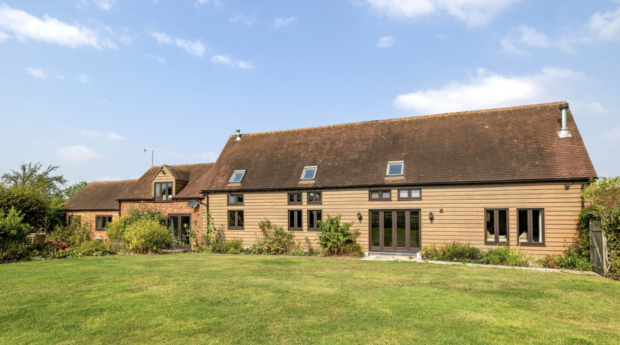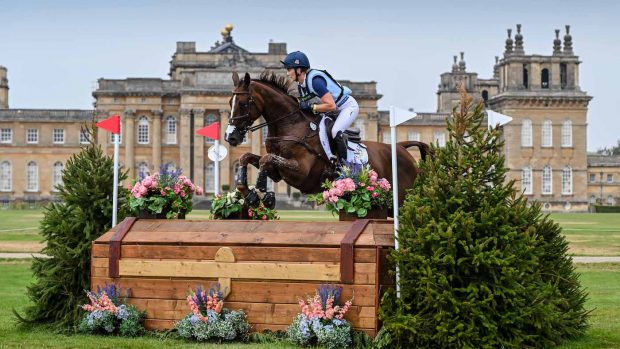With increasingly busy lives and remote countryside living, the option to gain qualifications from the comfort of your home and in your own time through distance learning has never been more popular.
“Home learning is usually referred to as distance or open learning and when you include practical study days, it’s called ‘blended learning’,” explains Julie Brega from The Open College of Equine Studies (TOCES).
“In the past 15 years, people have become much more familiar with the concept of home study, and equine distance learning courses are now offered by many more training organisations,” says Beth Maloney, who set up Horses & Courses in 1999.
“People are more comfortable with using web-based materials and accessing sites through their mobile phones, tablets and computers, and are therefore looking for courses that allow them to study anywhere, at any time.”
Founder of Equine Distance Learning (EDL), Sarah Finikin, set up the company based on her own experiences with traditional learning.
“I used to lecture at Merrist Wood College and teach the BHS horse owners certificates as an evening course,” she says.
“The popularity of these courses began to decline so I came up with the idea of EDL so that people could study in their own time, as opposed to committing to one evening a week, which, with family and work, can be difficult.
“My archetypal students are 30-50-year-old females who typically have very busy lives. The idea of having a flexible course which allows them to achieve something for themselves is very appealing.”
But balancing family life, work and horses with studying can be tricky. Follow these top tips for making it work:
1. Get a clear idea of how many hours a day and week you spend with the horse, work, family and home, so that you know how many hours you could commit to studying each week. This will help you decide what course would suit you best.
2. Consider a course with a flexible or open end date, so you can study when time allows and you don’t feel pressured.
3. Decide when is the best time of year to study, or go for a course that allows you to take gaps, so you could put your studies on hold during busy periods such as during the competition season.
4. Remember that when you are on the yard or riding you are still studying — that’s one of the great things about doing a horse course. Think of how you can relate your studies to what you are doing or observing each day and make use of the experts around you such as your farrier and vet.
5. Home study is the perfect complement to horses, as once you have worked outside in the rain, snow, or even heat, there’s nothing better than putting the kettle on and sitting down with a book to do some reading. If the weather is bad, and you can’t ride, go into the warm and do some studying!
The full article about distance learning was first published in Horse & Hound magazine (31 July 2014)




